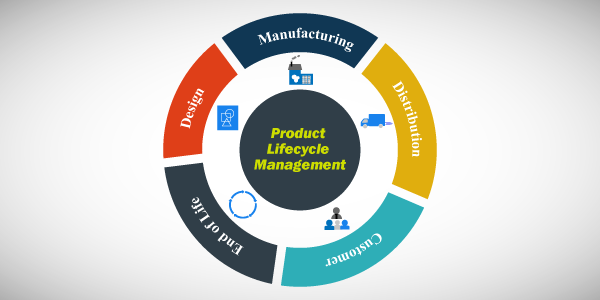In an environment where agility, cost efficiency, and cross-functional alignment define business success, adopting targeted technology solutions is no longer optional—it’s essential. Below is a breakdown of three impactful platforms, each addressing distinct operational needs while collectively supporting broader business transformation goals.
1. Autodesk Fusion Manage: Streamlining Product Innovation Workflows
Business Relevance:
Autodesk Fusion Manage offers a cloud-based Product Lifecycle Management (PLM) system that helps businesses reduce development bottlenecks, improve internal collaboration, and accelerate product launches.
Key Business Insights:
- Faster Time to Market: Automates and aligns cross-functional workflows—from concept to launch—cutting lead times for new product introductions.
- Improved Collaboration: Centralizes product-related data and processes, enhancing transparency across engineering, marketing, and supply chain teams.
- Adaptability: Scales with business growth and integrates easily with existing systems like ERP and CRM, reducing disruption.
- Quality & Compliance: Ensures consistent documentation, audits, and change control processes for regulated environments.
Why It Matters:
This solution is ideal for businesses managing complex product lines and seeking greater speed, traceability, and integration across product development stages.
2. Intel’s System and OS Image Deployment: Simplifying IT Setup and Device Management
Business Relevance:
Intel’s deployment tools help standardize how businesses configure and roll out computers and devices across departments—minimizing manual setup time and IT resource burden.
Key Business Insights:
- Operational Consistency: Enables consistent device environments for different roles or departments, which enhances user experience and reduces IT support tickets.
- Reduced Overhead: Lowers IT costs by automating repetitive configuration tasks and streamlining hardware provisioning.
- Improved Security: Standardized images help enforce security protocols and reduce the risk of misconfigured or vulnerable systems.
- Scalable Across Locations: Particularly useful for businesses with remote teams, regional offices, or high employee turnover.
Why It Matters:
For growing organizations or those managing diverse teams and devices, Intel’s solution helps IT departments do more with less—freeing up time and resources to focus on strategic initiatives.
3. Zebra Technologies’ Manufacturing Solutions: Increasing Efficiency Through Real-Time Insights
Business Relevance:
Zebra’s manufacturing solutions deliver automation and real-time analytics to help factories operate smarter, faster, and with fewer errors.
Key Business Insights:
- Data-Driven Operations: Real-time visibility into production, inventory, and equipment status enables faster, better-informed decisions.
- Process Optimization: Reduces downtime and waste through automation and proactive issue resolution.
- Tailored to Industry: Offers configurable solutions suited to sectors like automotive, consumer goods, and electronics—supporting unique operational demands.
- Competitive Advantage: Helps manufacturers meet tighter deadlines, reduce costs, and adapt to market shifts faster than competitors.
Why It Matters:
Manufacturers facing labor shortages, demand fluctuations, or supply chain pressures can use Zebra’s tools to gain control and improve margins.
Final Thought: Technology as a Business Lever, Not Just an IT Investment
Each solution contributes to core business outcomes:
- Revenue Acceleration through faster product delivery
- Cost Optimization via automation and standardization
- Risk Reduction through compliance and consistent processes
- Cross-Functional Alignment by connecting teams and data
For business leaders, these technologies represent more than operational upgrades—they are levers for strategic agility, customer responsiveness, and sustainable growth.

